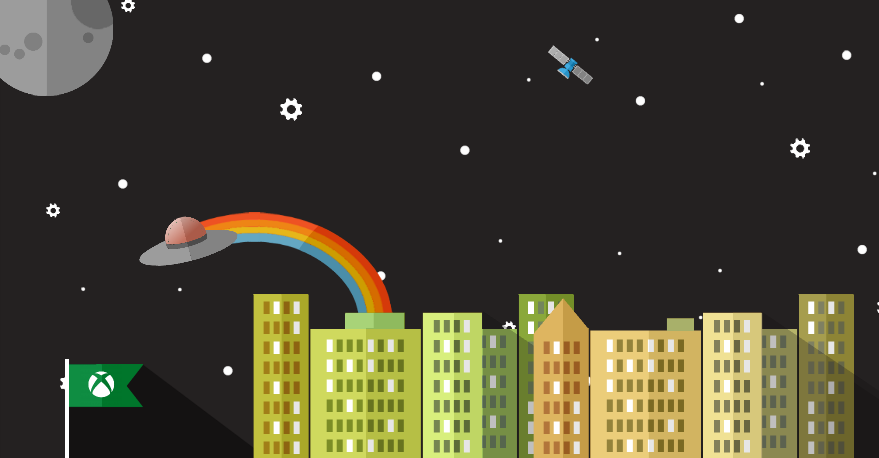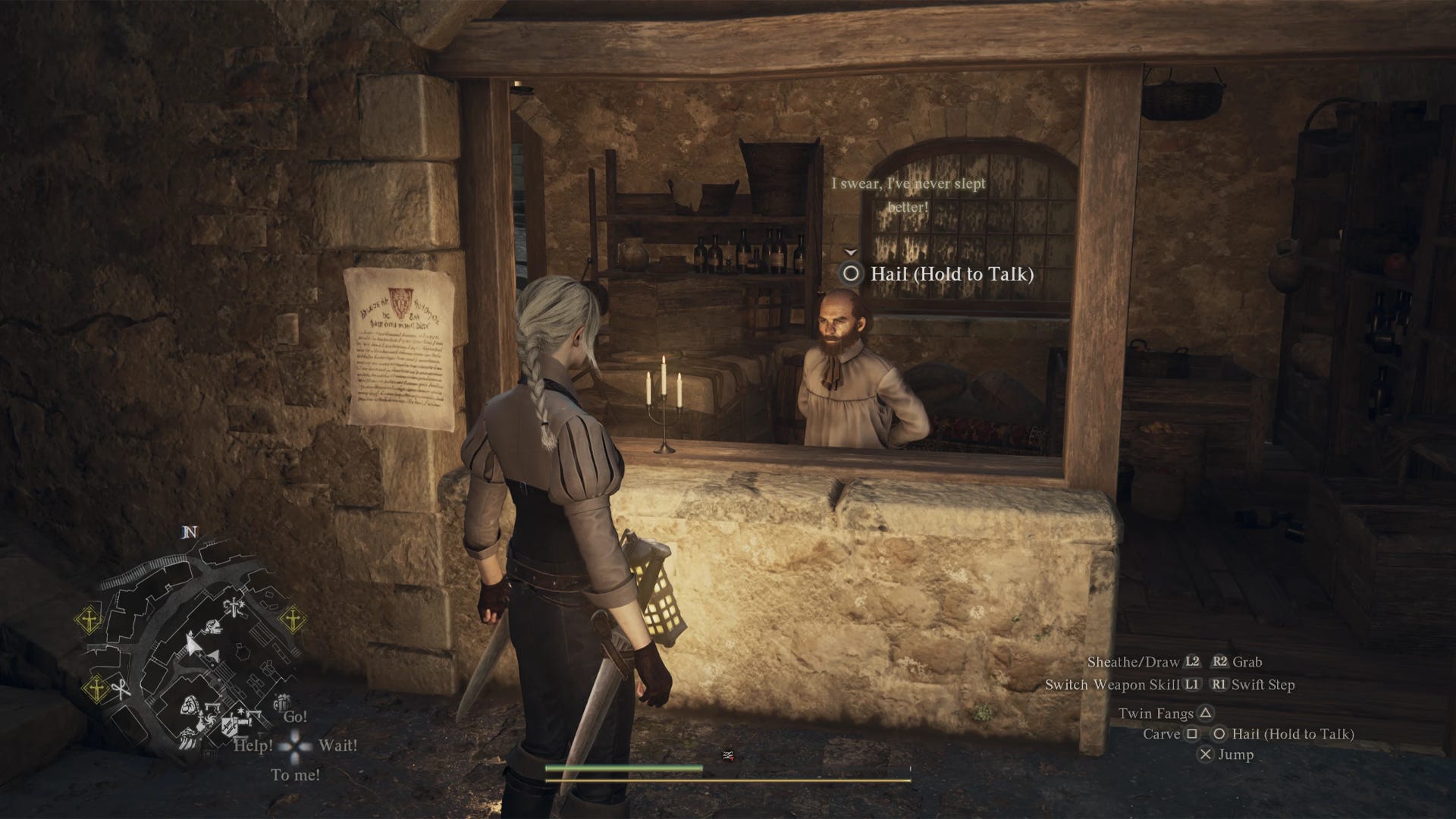In July of 2011, Tetris creator Alexey Pajitnov and Vedran Klanac, a developer and CEO of Ocean Media, teamed up on prototyping a new version of Tetris that Pajitnov had dreamed up – and outlined in a PowerPoint presentation. Klanac programmed the game and Pajitnov provided feedback: They called it Tetris Reversed. In a panel at the Game Developers Conference 2024, they showed video of this prototype and described its gameplay. Very much a reversal of Tetris, the Tetrominoes (the universally recognized Tetris blocks) were used to eliminate a wall of blocks, not stack up.
A decade on, the creators said their game was stalled due to a collaborator, Martin de Ronde’s stymied efforts to move it along into full production. They didn’t elaborate, with Pajitnov saying, “We finished the job, but in this case production never started. The next stage never happened… Probably [de Ronde] had trouble with the Tetris company… At some point he gave up.” The Tetris Company, who Pajitnov is associated with, owns the rights to Tetris and associated things like Tetrominos. This game was created as a sort of side project and thus never found its way to a publishing track.
Reverse Tetris had many of the Tetris trappings, including the familiar blocks, a focus on score, and line deletion. Pajitnov is single minded and philosophical about his brand of satisfying game design: “I love so much line collapses. Such a pleasant effect in the original game,” he wistfully says. So he kept those. But it also differs in some key ways. For instance, you can hit a Reverse button to get yourself out of a pickle, which swaps all the completed blocks with incomplete ones, sort of like smashing the Hyperspace button in Asteroids. Also, according to Pajitnov, “Sometimes [clearing the field] is absolutely impossible,” so based on the roll of the blocks, a win condition is not guaranteed. They elaborated that an average game (for the handful of people that played it) is 10 minutes. The perfect game is possible with the right setup, where the entire board is cleared, but that has not been achieved by the devs.
Unfortunately, we were not able to obtain video of the demo that was shown at GDC, but it will be archived on the GDC website. However, after capturing the minutes-long slice of gameplay shown in the session, Klanac commented: “After I played this [10 minute demo], I played another two hours,” emphasizing how hard it is to put down Tetris Reversed.
Reflecting on Tetris Reversed, Pajitnov says: “The fun factor is higher in (the original) Tetris than here. [Reversed] is a more cerebral game. Tetris allowed different kind of styles. You can choose your own style. In this case it’s rather straightforward strategy.” Yet, he added: “The learning curve… In my feeling it’s shorter than original Tetris.”
Samuel Claiborn is IGN’s managing editor and a fixes/breaks ancient arcade and pinball machines in his garage. TCELES B HSUP to follow him @Samuel_IGN on Twitter.






